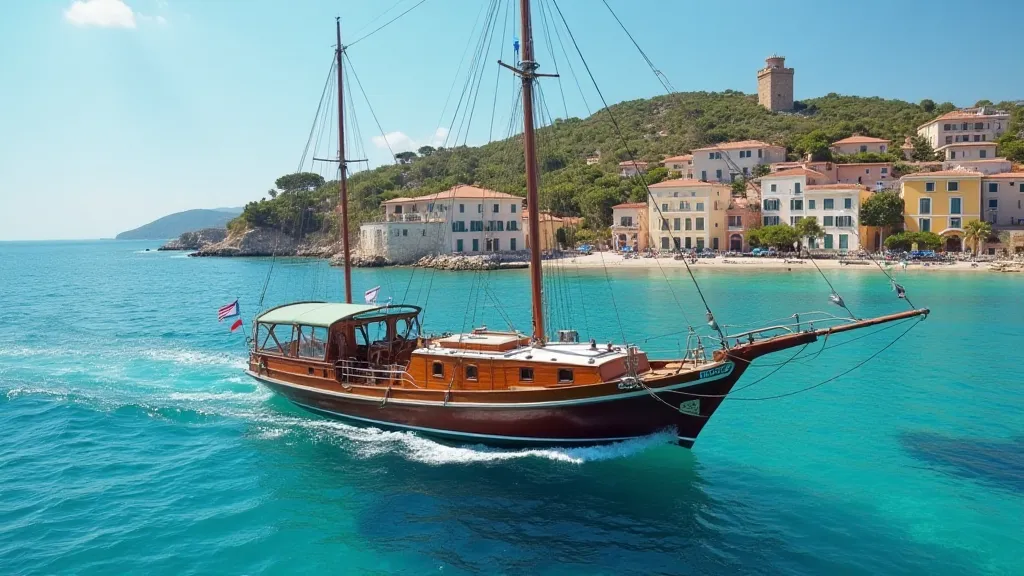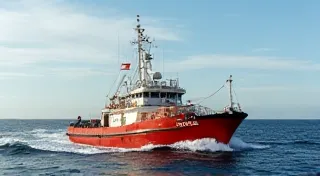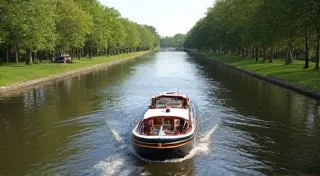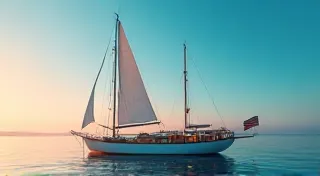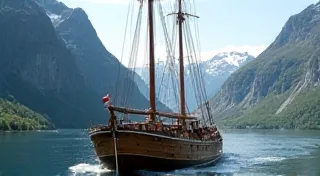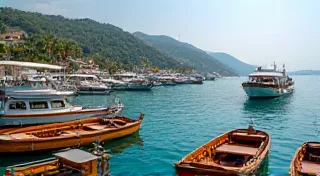Traditional Shipwrighting in the Mediterranean: A Legacy of Skill
The Mediterranean Sea, a cradle of civilization, has fostered a unique and enduring tradition of boat building. For millennia, skilled shipwrights have shaped vessels essential for trade, fishing, and exploration, leaving behind a rich legacy of craftsmanship and innovation. While sharing common foundations, the ship building techniques across the region reveal fascinating regional variations shaped by local materials, climates, and cultural influences. This article explores the shared techniques and diverse nuances of traditional Mediterranean boat building, examining the historical context and the ongoing challenges of preserving these invaluable skills.
Common Threads: Shared Techniques Across the Mediterranean
Despite the geographical expanse of the Mediterranean, certain core principles of boat building remained consistent. The clinker method, where overlapping planks are riveted together, was prevalent in many areas, especially in the western Mediterranean. This technique, a hallmark of shipbuilding across various cultures, provides strength and flexibility, crucial for navigating the often-turbulent waters. Indeed, the principles behind this construction are echoed in shipbuilding traditions far beyond the Mediterranean, such as those found in the fascinating world of Norse boatbuilding, with its renowned clinker construction and Viking ships. The use of locally sourced wood was paramount. Pine, oak, and cedar were staple materials, each contributing unique properties to the finished vessel. The art of caulking, using natural fibers like hemp or flax to seal the seams, was vital for watertightness. And, of course, the meticulous attention to detail, the careful shaping of each plank, and the skillful joining of timbers, all testified to the dedication of the shipwright.
The historical context is key. From the Phoenician trading vessels to the Roman galleys, boat building played a vital role in the region’s history and economy. The expansion of empires and the exchange of goods led to the diffusion of boat building knowledge, albeit often adapted to local conditions. The Ottoman Empire's influence, for example, impacted shipbuilding practices in the eastern Mediterranean, leading to distinct designs and construction methods.
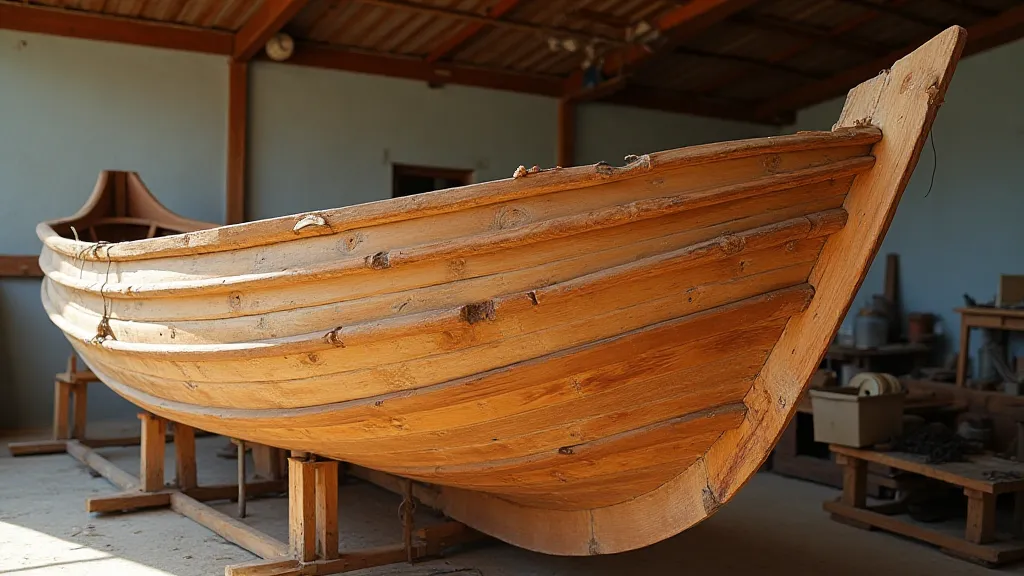
Regional Variations: A Tapestry of Styles
While foundational techniques were shared, regional differences blossomed. In the Greek islands, the caique, a distinctive flat-bottomed vessel often powered by a small diesel engine, evolved from older designs influenced by Turkish shipbuilding. The design suited the shallow waters and frequent coastal hopping common in the Cyclades. Further west, in Italy, the gozzo, a sturdy double-ended boat, exemplifies the traditional craftsmanship of the Amalfi Coast, prized for its seaworthiness and maneuverability. The attention to detail in these vessels showcases the enduring legacy of skilled Mediterranean shipwrights.
In Spain, particularly in Catalonia and Galicia, we see boats built with a strong emphasis on strength and endurance, reflecting the area's long history of fishing and maritime trade. The faeton, a sleek and fast sailing vessel popular in the 19th century, showcases a refinement in design and construction. The specific shapes and profiles of Mediterranean vessels, even in seemingly minor details, often hold a rich history and subtle variations in design principles. Understanding the nuances of these choices can be akin to deciphering the silent language of the keel itself, a critical element in a boat's performance and stability.
Across the North African coast, from Morocco to Tunisia, traditional fishing boats, often called ‘feluccas,’ are characterized by their lateen sails and shallow draft, perfectly suited for navigating the coastal waters. These vessels, often built with a simplicity and elegance born of necessity, represent the ingenuity of Mediterranean boat builders adapting to their environment. The fundamental principles that guide the creation of these vessels, while distinct from the intricacies of large-scale shipbuilding, share the same deep roots in understanding hydrodynamics and material properties.
The Construction Process: From Forest to Sea
The process of traditional Mediterranean boat building was a complex and time-consuming endeavor, deeply intertwined with the local environment and community. It began long before the first plank was shaped, with the careful selection of timber. Specific types of wood were favored for different parts of the vessel; the keel might be fashioned from durable oak, while lighter pine might be used for the upper sections. The trees were often felled during specific lunar cycles, believed to influence the wood's properties. Once harvested, the timber would be seasoned for months or even years, a crucial step in preventing warping and cracking.
The shaping of the planks was an art in itself. Shipwrights used adzes, axes, and drawknives to carefully thin and shape the wood, guided by their experience and an innate understanding of the vessel's intended form. The curvature of the hull was often determined using temporary molds, allowing the planks to be gradually shaped to the desired profile. The joining of the planks was another critical step, requiring precise measurements and skillful craftsmanship. The clinker method, as mentioned earlier, involved overlapping the planks and securing them with rivets, while other methods, such as the carvel construction, involved carefully fitting the planks edge-to-edge. The knowledge and skill involved would often be passed down through generations, with young apprentices learning from master shipwrights.
Challenges and Preservation
The decline of traditional boat building is a significant concern. Modern materials, mass production techniques, and changing economic realities have put immense pressure on the survival of these skills. Fiberglass and other synthetic materials offer advantages in terms of cost and ease of construction, making it difficult for traditional methods to compete. Many traditional shipwrights have been forced to abandon their craft, and the knowledge they possess is at risk of being lost. The lure of more readily available, and often higher-paying, jobs has also contributed to the dwindling number of individuals willing to dedicate themselves to the demanding and time-consuming craft of boat building.
The impact of these changes extends beyond the loss of a traditional skill. Traditional boats are often an integral part of the cultural identity of a region, and their decline can lead to a sense of loss and disconnection from the past. The skills and knowledge involved in building and maintaining these boats are also valuable sources of local expertise, and their loss can undermine the resilience of coastal communities.
However, there is renewed interest in preserving these traditions. Organizations and individuals are working to document techniques, train apprentices, and promote the use of traditional methods. The revival of interest in heritage crafts and sustainable tourism offers a glimmer of hope. Recognizing the cultural significance of these boats – they are more than just vessels; they are living embodiments of regional identity and maritime heritage – is crucial to ensuring their survival for future generations. The appeal of handcrafted objects, imbued with history and skill, is growing in a world increasingly dominated by mass production. Building a skiff is a particularly accessible introduction to the fundamentals of boatbuilding.
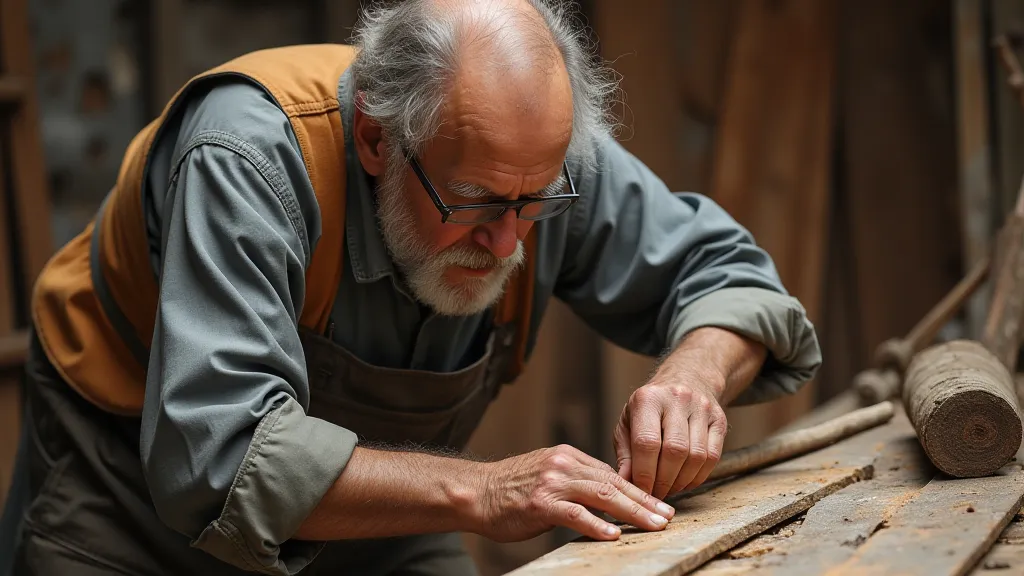
Looking Ahead: A Sustainable Future
The future of Mediterranean boat building hinges on a balanced approach. Integrating traditional techniques with modern innovations, utilizing sustainable materials, and fostering a greater appreciation for the cultural value of these vessels are all vital steps. Supporting the remaining traditional shipwrights and encouraging the transfer of knowledge to younger generations is paramount. These boats represent a tangible link to the past and a unique expression of regional identity, and their preservation is a responsibility we all share. Embracing sustainable forestry practices and utilizing locally sourced, renewable materials can also help to ensure the long-term viability of traditional boat building.
The integration of modern design principles and construction techniques can also enhance the performance and durability of traditional boats, making them more appealing to a wider range of users. For example, the use of epoxy resins to waterproof seams and strengthen joints can improve the longevity of wooden boats while preserving their traditional appearance.
Ultimately, the survival of Mediterranean boat building depends on the collective efforts of shipwrights, artisans, organizations, and communities. By recognizing the cultural, economic, and environmental value of these vessels, we can ensure that they continue to sail the Mediterranean Sea for generations to come.
